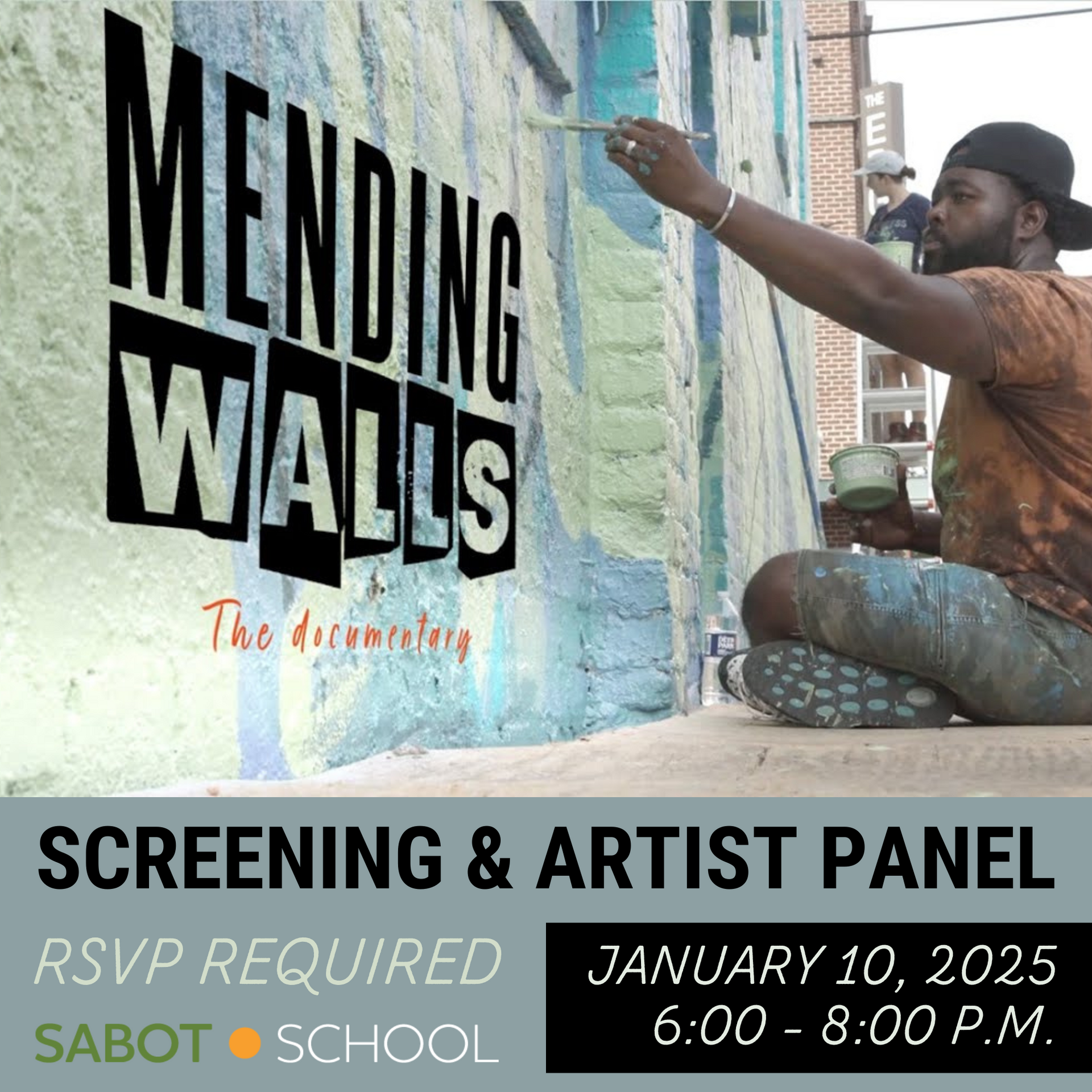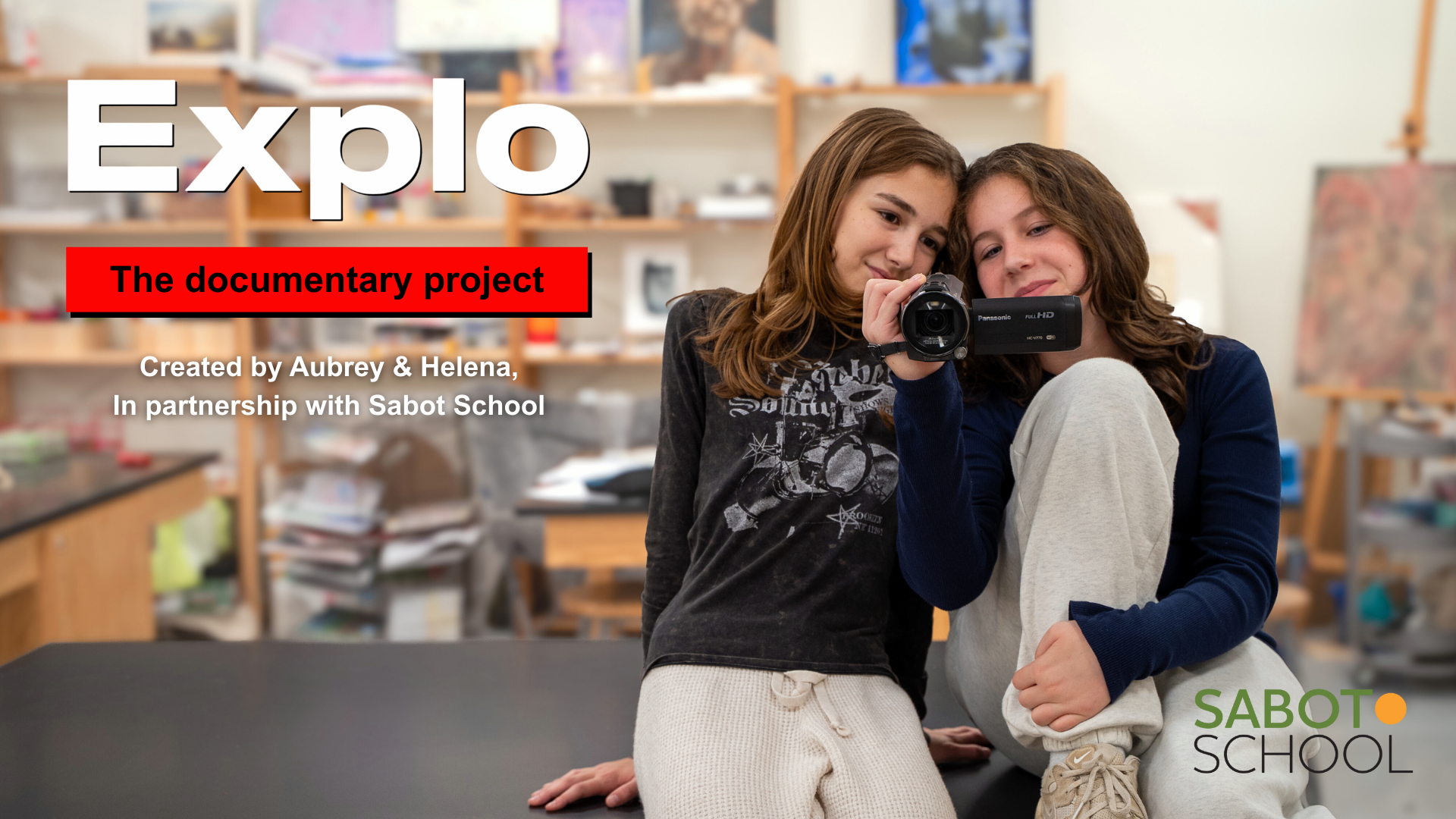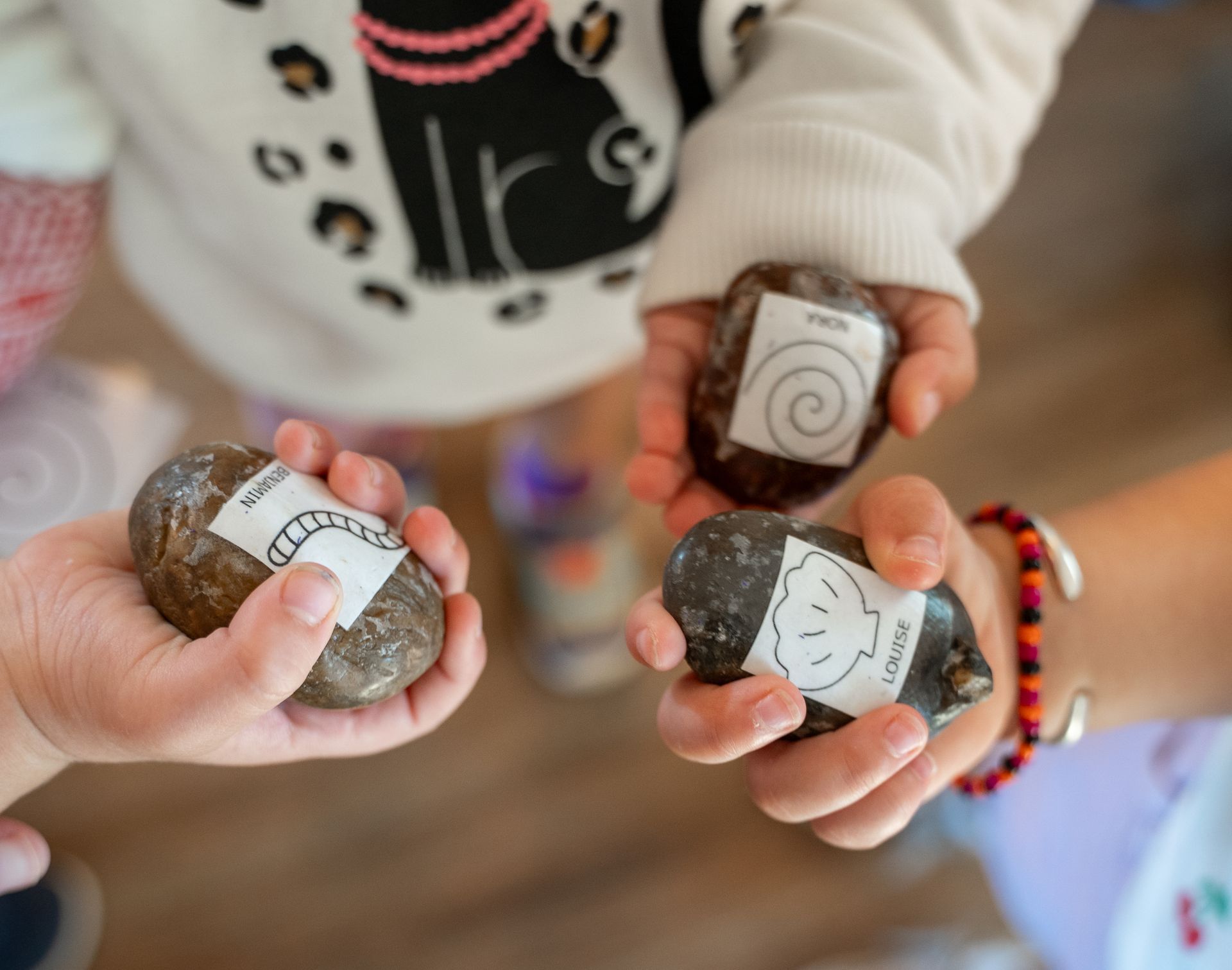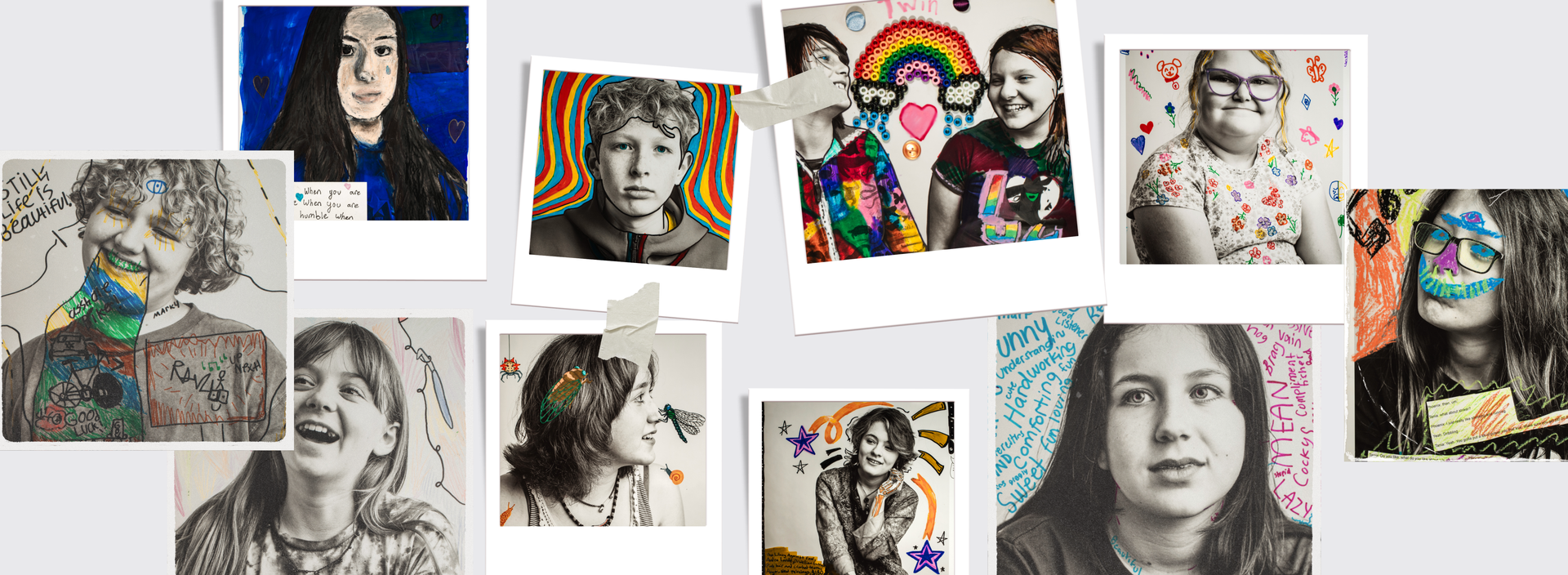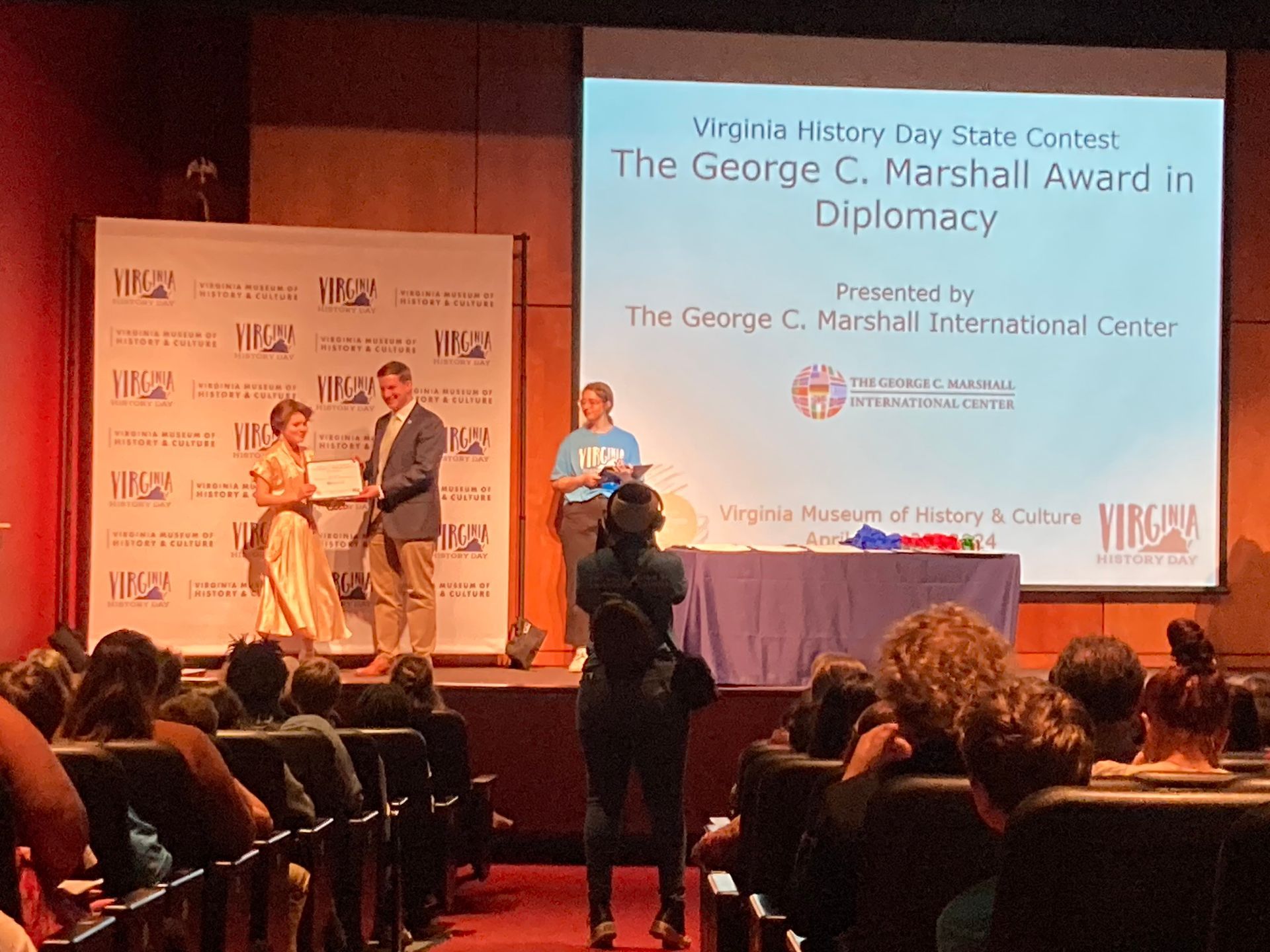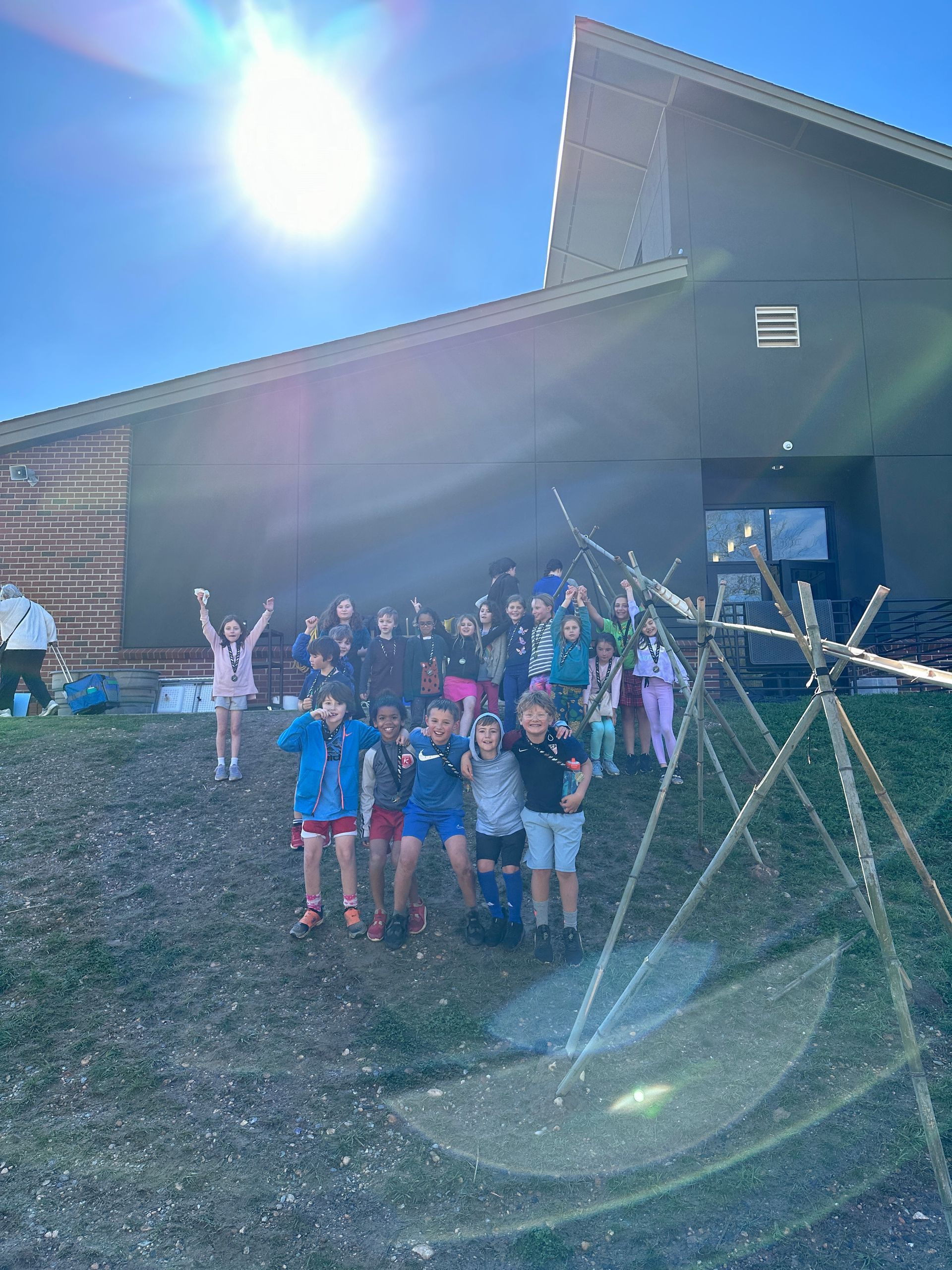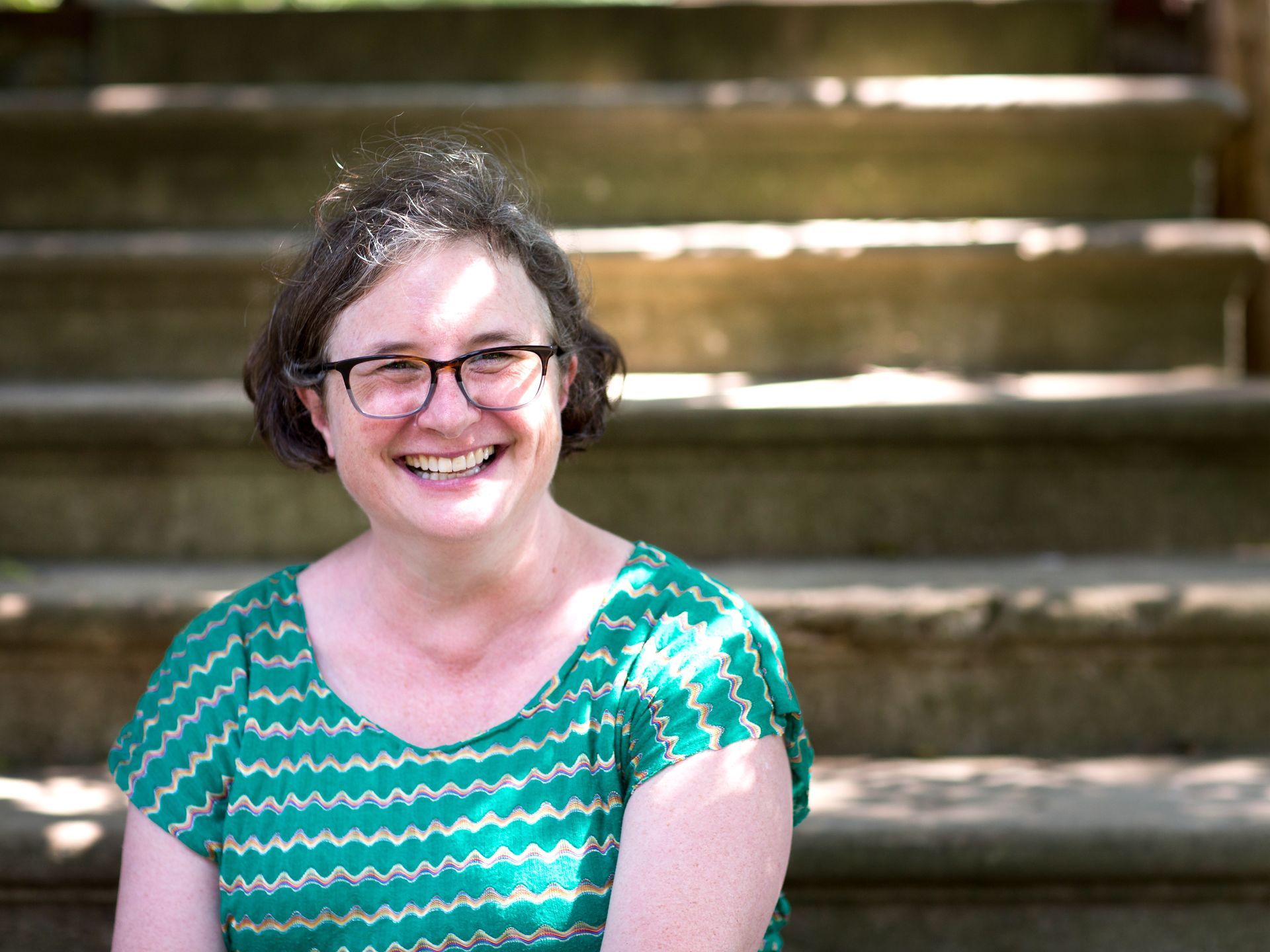The Outdoor Classroom Comes of Age at Sabot
By Marty Gravett, Director of Early Childhood
The outdoor classroom has a new cache. While progressive and nature educators across the globe have been testing and touting the value of the outdoor classroom in the early childhood profession for the last decade, something new is afoot. In the time of COVID-19, there is now intense longing in even the most traditional classrooms to get rid of ceilings, walls, and enclosed spaces and instead embrace lots of fresh, unfettered air. The dilution of aerosols is the outdoor classroom raison d’être .
It is not like Sabot hasn’t been preparing for this since 1995 when we first placed step stools and binoculars by a window and invited our four-year-olds to step up and notice the tiny parcel of wild space right outside. This led to a year in the forest with our three-year-olds, which became the catalyst for the school, in its search for a new home, to prioritize outdoor access. With 106 acres of parkland adjacent to us, our fourth graders spent a year in the forest creating their own classroom. Eventually, every classroom from two-year-olds to middle schoolers committed to spending one morning every week in the forest.
Since settling at Stony Point, we have valued this outdoor space, indeed pinched ourselves at this marvelous gift of nature, but suddenly, our long-term commitment to nature as a part of the Sabot experience has a new purpose. We need the outdoor classroom. It doesn’t just supplement our program, it makes our program possible during this pandemic. We have divided up gardens, play yards, and forest space to create a dedicated outdoor classroom for each cohort of Sabot children… all day long.
What does our Reggio-inspired curriculum look like in this new landscape? Anna Golden, the Sabot atelierista, writes cogently in Nature Education with Young Children about the power of wild spaces when children are allowed to explore. She tells us that “the integration of play in nature with visual representation helps children develop a relationship with a wild place, and helps teachers and parents understand children’s sense of that place.” Anna brings her studio perspective to the outdoors and reminds us that as teachers and parents, observing the way children represent in natural spaces through “pretend play, magical thinking, visual representations, and discussion” gives us the fodder for planning how to further their inquiry. Never one to forget the primary goals of early childhood, Anna points out playing in a wild space not only offers an opportunity for a child to understand their own identity but also the “play in the forest unites children with common goals, perhaps because their bodies are small in comparison to tall trees and big spaces.”
How does this work? Our fourth grade teacher-researcher, Melanie Nan, tells us “Working outside is not simply doing what we do inside, outside. It is a way to think differently, to use the affordances of the space, and to use nature as the pallet and the muse.” At this moment, many families and educators may view the outdoor classroom as purely a COVID mitigation strategy. However, one of the inquiry questions that several teachers are considering this year is, how does working outside support learning and provide additional challenge to the children—what we call reach . Reach is a combination of the willingness to take cognitive risk and to accept rigor in the questions we ask and the research we pursue.



As a precursor to fiction-writing, the fourth graders were challenged to use the loose parts of nature—stones, sticks, leaves, nuts, and buds—as a medium to create a character of their own. After collecting, choosing, and creating characters with natural loose parts, the children were then challenged to recreate their characters in another medium—watercolor. The new medium gave rise to new thinking, and some students placed their characters in a specific setting or hinted at more information about them. Only after the challenge of translating their ideas from one medium to another were the students asked to write and introduce their character with words.
While the year has just begun, we are seeing many examples of the kind of thinking and exploration of natural media that could lead to further inquiry and develop into full-blown project work. For example, r ecently changing events in the garden sparked Kindergarteners to theorize about what had happened to caterpillars they saw days before on the fennel and milkweed. They had counted them one day and then a few days later there were not as many there.
“Maybe they moved to other plants in the garden.”
“I think they died.”
“A bird could have eaten them!”
“Maybe they ran away to hide from the bird who want(s) to eat them.”
In the preschool, teacher-researcher Kendall Nordin, writes, “Since we use primarily natural materials that we find outside as the basis for our outdoor classroom this year, there are always surprising and interesting things to do.” She focuses our attention on the work of two students saying, “There is so much order to these arrangements. We can see sequencing, intentionality, and tacit knowledge of gravity and balance. This is what pre-math/physics looks like in our classroom.”
David Sobel, in the introduction of Nature Education with Young Children , points to a Sabot story as providing “a great example of how spontaneous natural phenomena provoke descriptive language and metaphor-making” bringing us “right down into the world, space, and minds of children.” Curiously, we have never seen ourselves as outdoor educators or part of the nature classroom movement, even as we wrote and published, provoked lots of interest, and invited lots of use for natural materials.
Now here we are outdoors, every day. And it feels like a natural next step for Reggio-inspired classrooms during a pandemic; there are new media to explore, provocative new experiences, and a worthy new purpose in nature.
The post The Outdoor Classroom Comes of Age at Sabot appeared first on Sabot at Stony Point.
SHARE THIS POST
